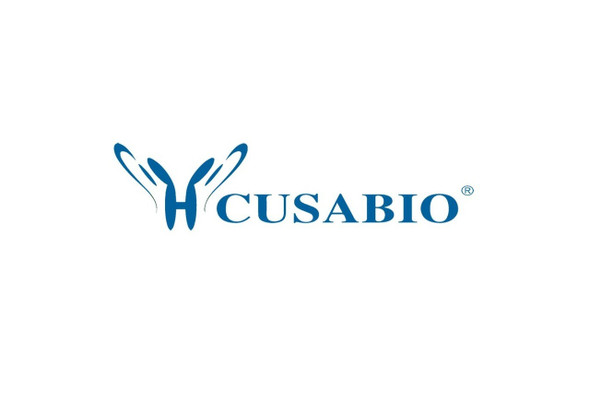Cusabio Polyclonal Antibodies
Nox4 Antibody | CSB-PA015961LA01RA
- SKU:
- CSB-PA015961LA01RA
- Availability:
- 3 to 7 Working Days
Description
Nox4 Antibody | CSB-PA015961LA01RA | Cusabio
Nox4 Antibody is Available at Gentaur Genprice with the fastest delivery.
Online Order Payment is possible or send quotation to info@gentaur.com.
Product Type: Polyclonal Antibody
Target Names: Nox4
Aliases: NADPH oxidase 4 (EC 1.6.3.-) (Kidney oxidase-1) (KOX-1) (Kidney superoxide-producing NADPH oxidase), Nox4, Kox
Background: Constitutive NADPH oxidase which generates superoxide intracellularly upon formation of a complex with CYBA/p22phox. Regulates signaling cascades probably through phosphatases inhibition. May function as an oxygen sensor regulating the KCNK3/TASK-1 potassium channel and HIF1A activity. May regulate insulin signaling cascade. May play a role in apoptosis, bone resorption and lipolysaccharide-mediated activation of NFKB.
Isotype: IgG
Conjugate: Non-conjugated
Clonality: Polyclonal
Uniport ID: Q924V1
Host Species: Rabbit
Species Reactivity: Rat, Human
Immunogen: Recombinant Rat NADPH oxidase 4 protein (210-424AA)
Immunogen Species: Rat
Applications: ELISA, WB
Tested Applications: ELISA, WB; Recommended dilution: WB:1:500-1:5000
Purification Method: >95%, Protein G purified
Dilution Ratio1: ELISA:1:2000-1:10000
Dilution Ratio2: WB:1:500-1:5000
Dilution Ratio3:
Dilution Ratio4:
Dilution Ratio5:
Dilution Ratio6:
Buffer: Preservative: 0.03% Proclin 300
Constituents: 50% Glycerol, 0.01M PBS, PH 7.4
Form: Liquid
Storage: Upon receipt, store at -20°C or -80°C. Avoid repeated freeze.
Initial Research Areas: Cardiovascular
Research Areas: Cardiovascular;Cell biology;Metabolism;Signal transduction









